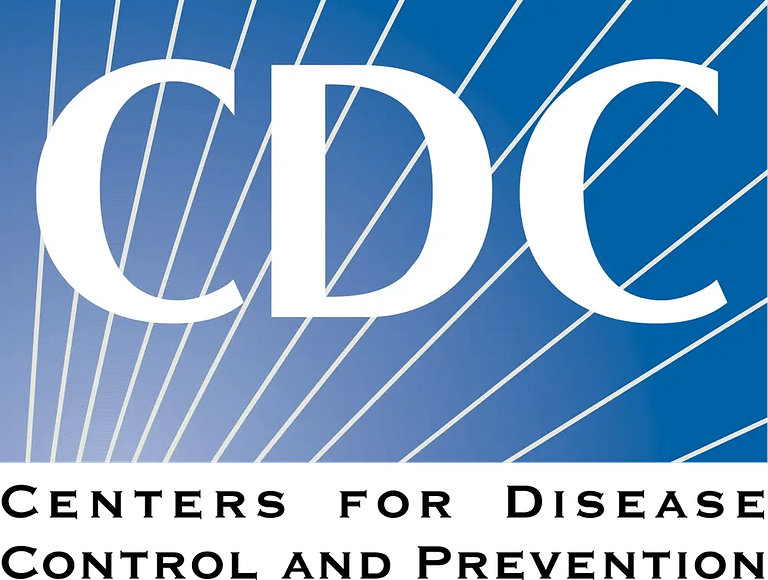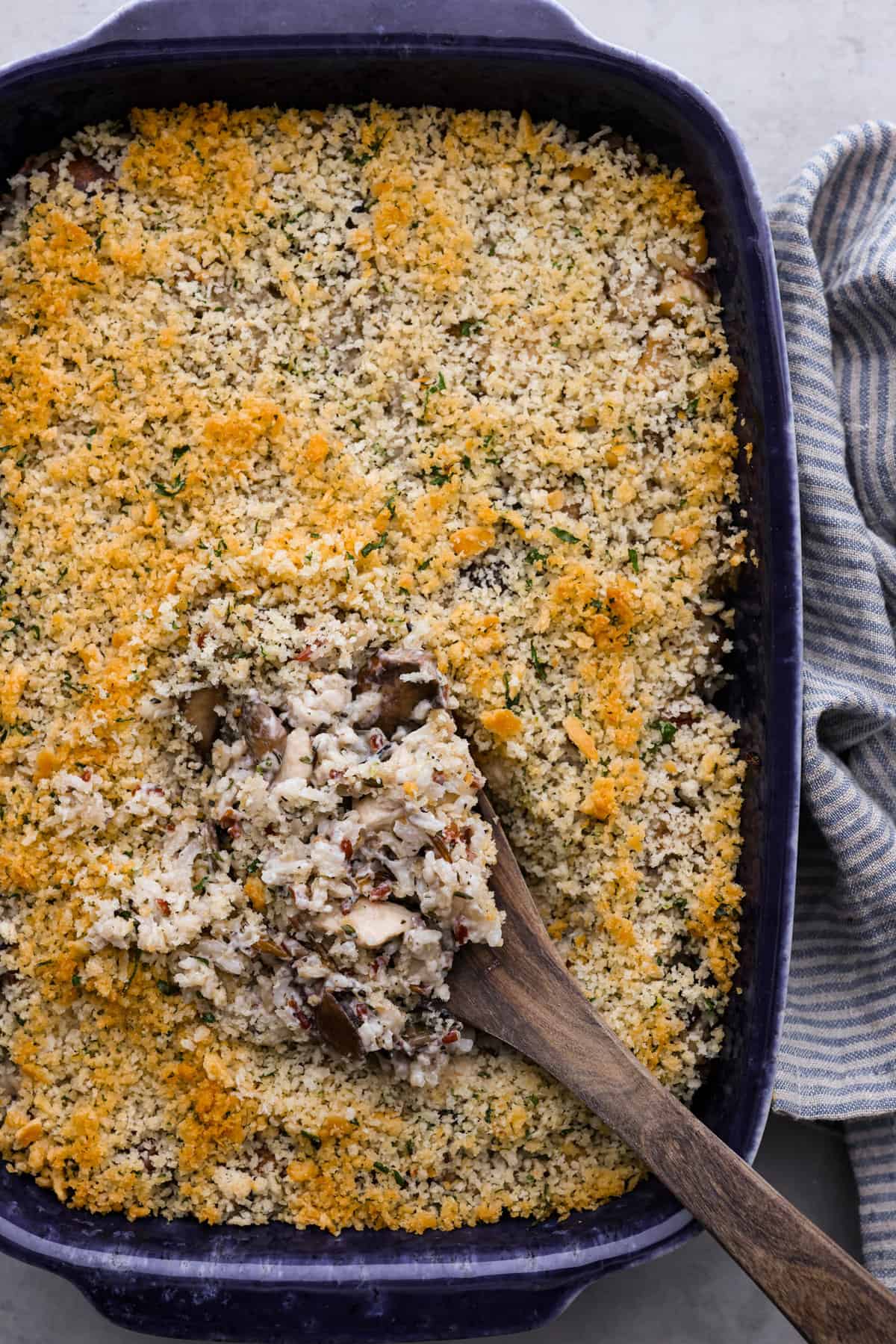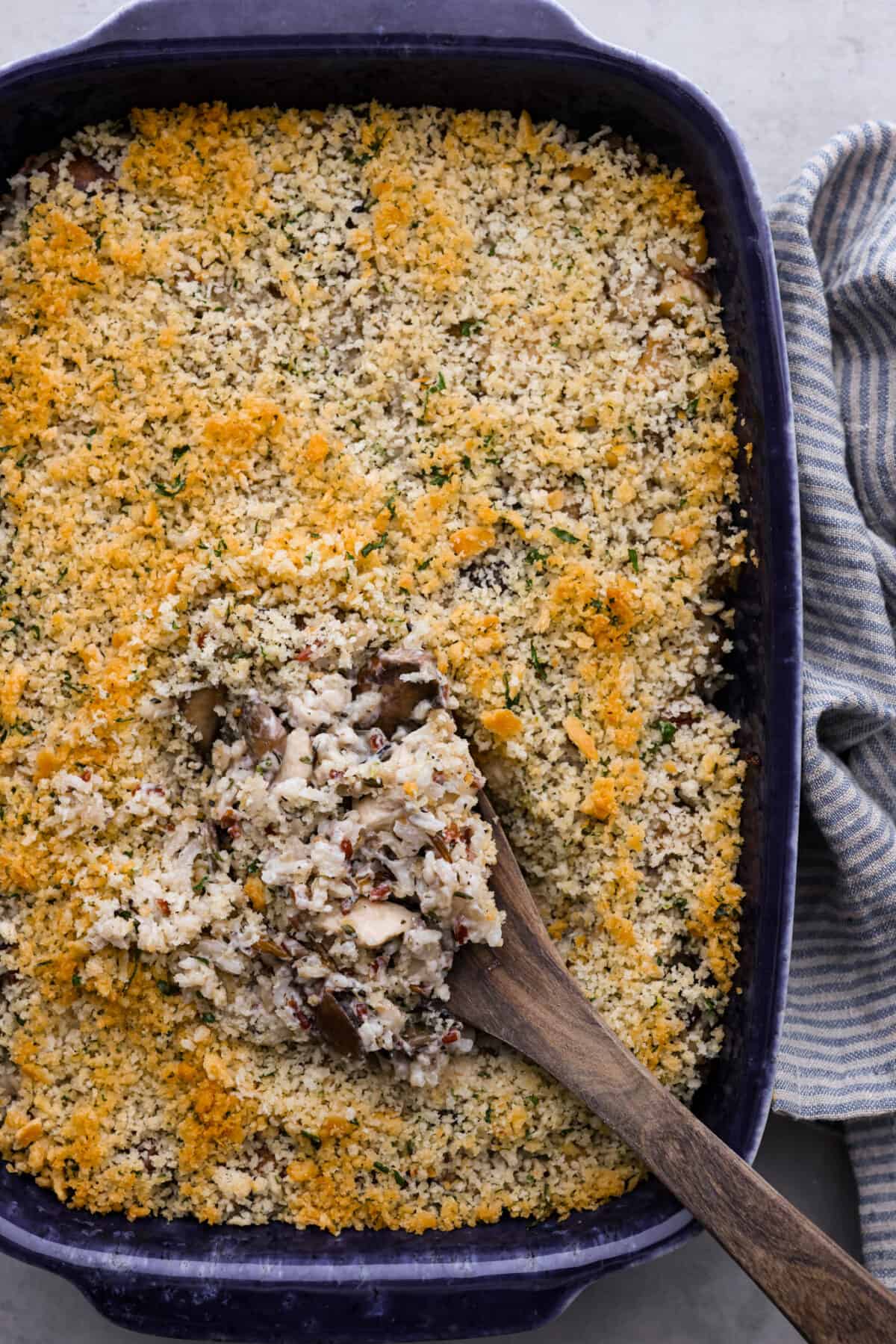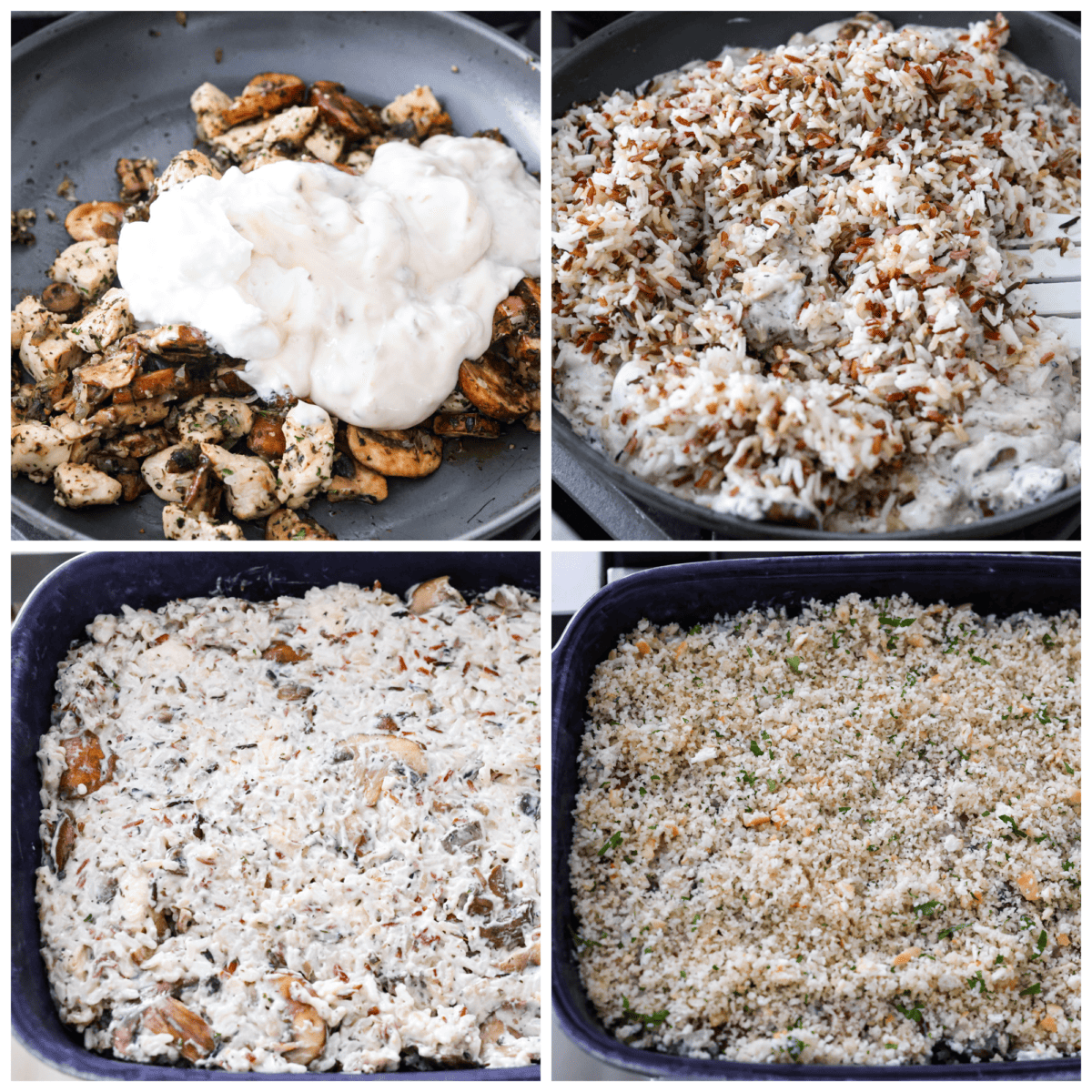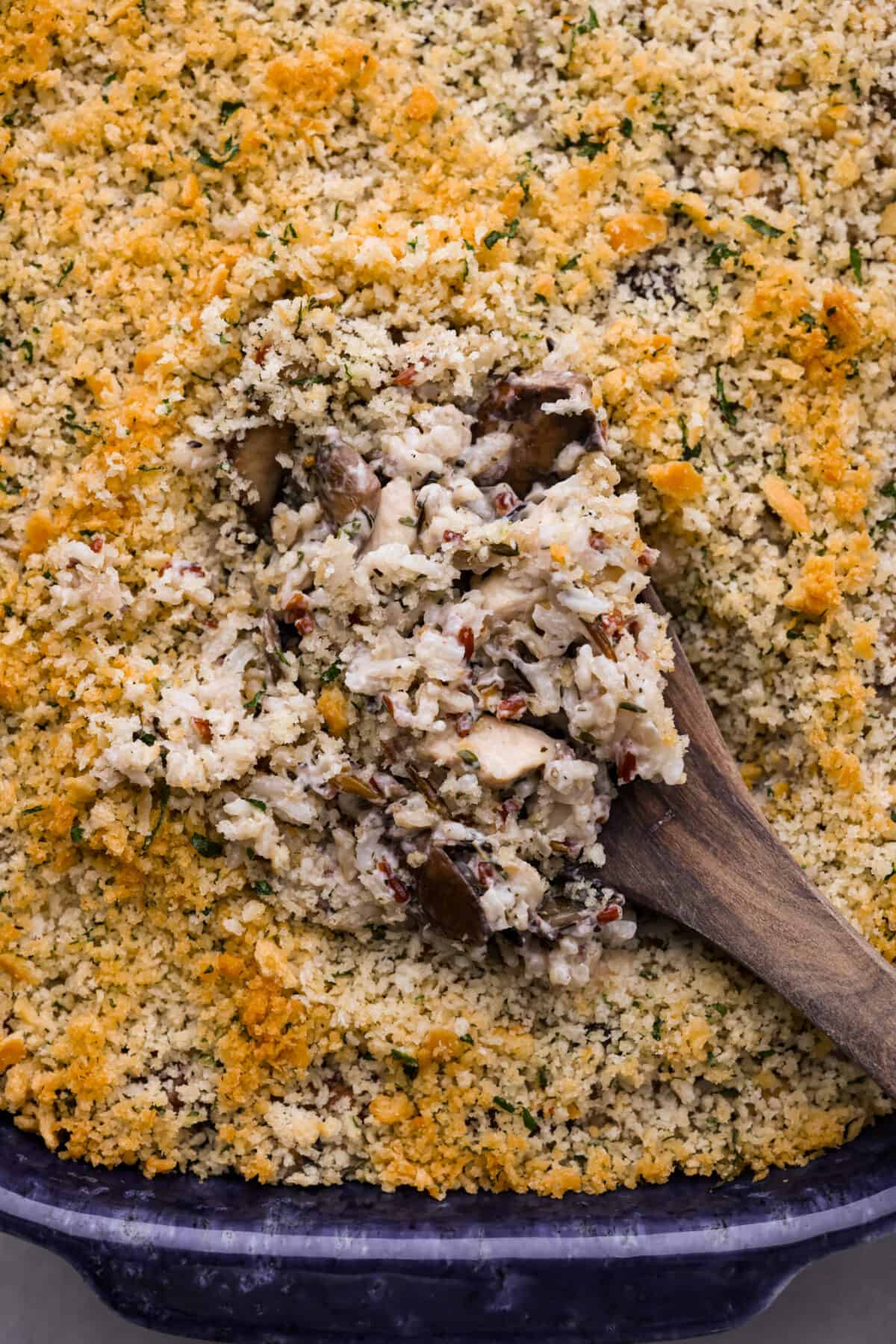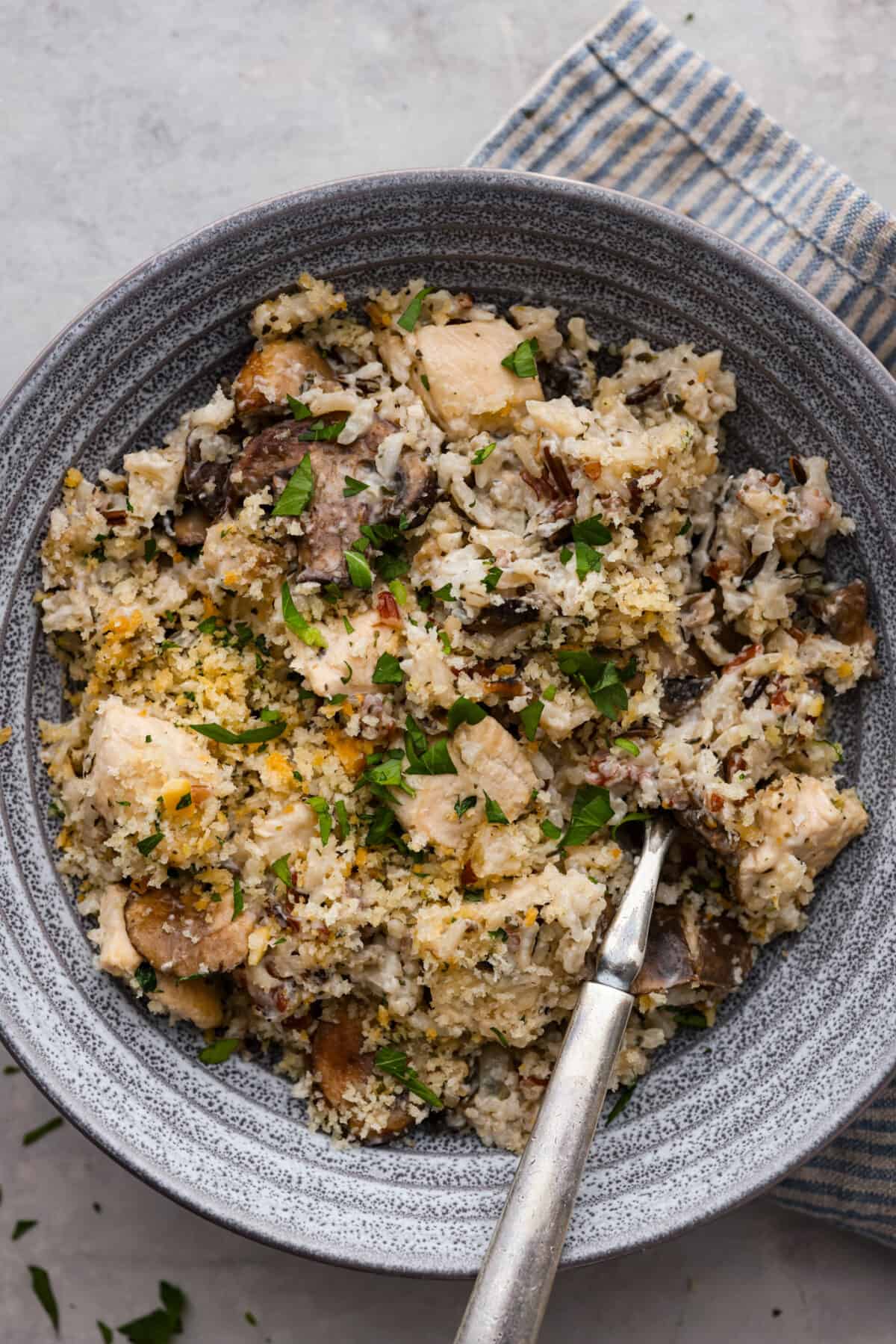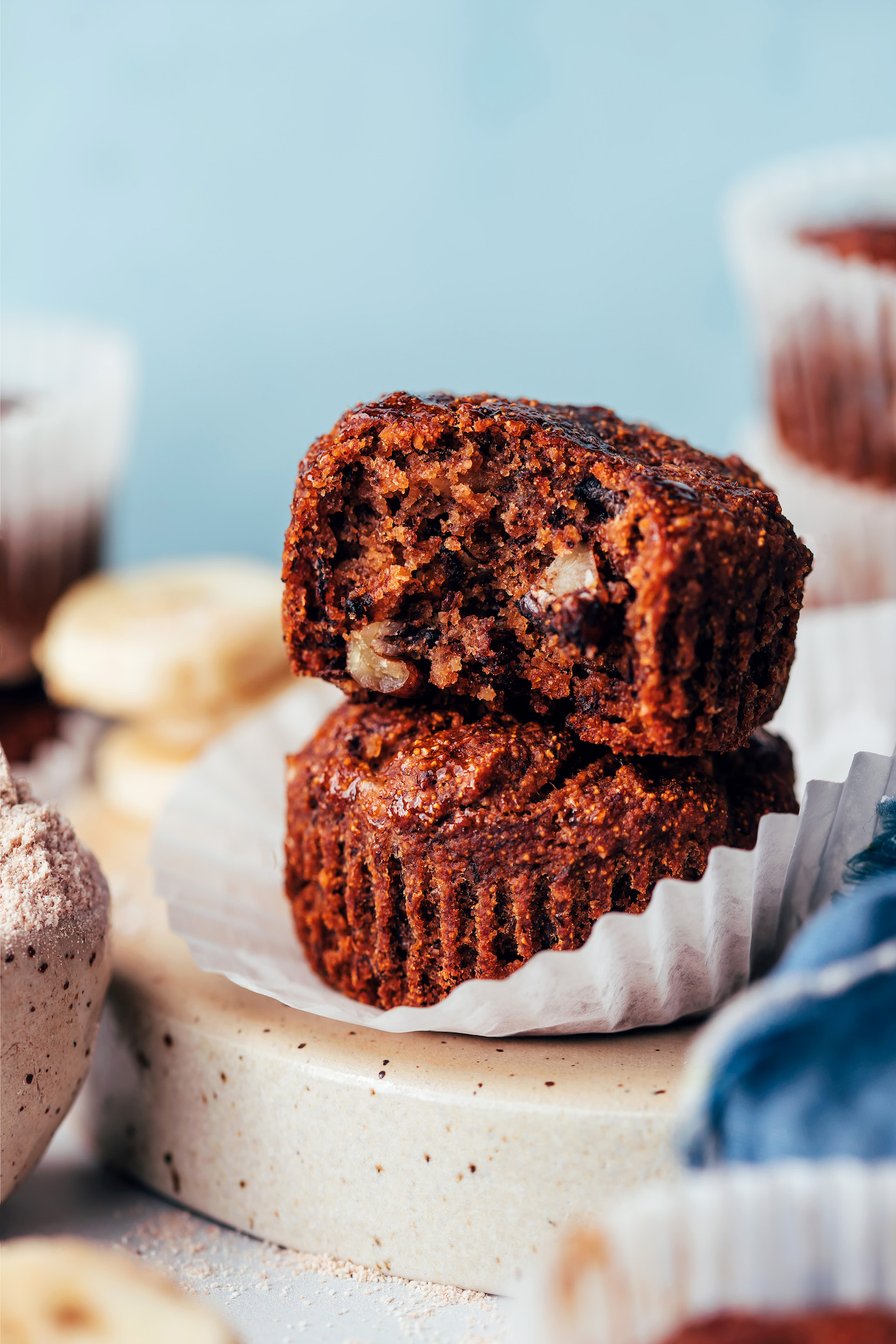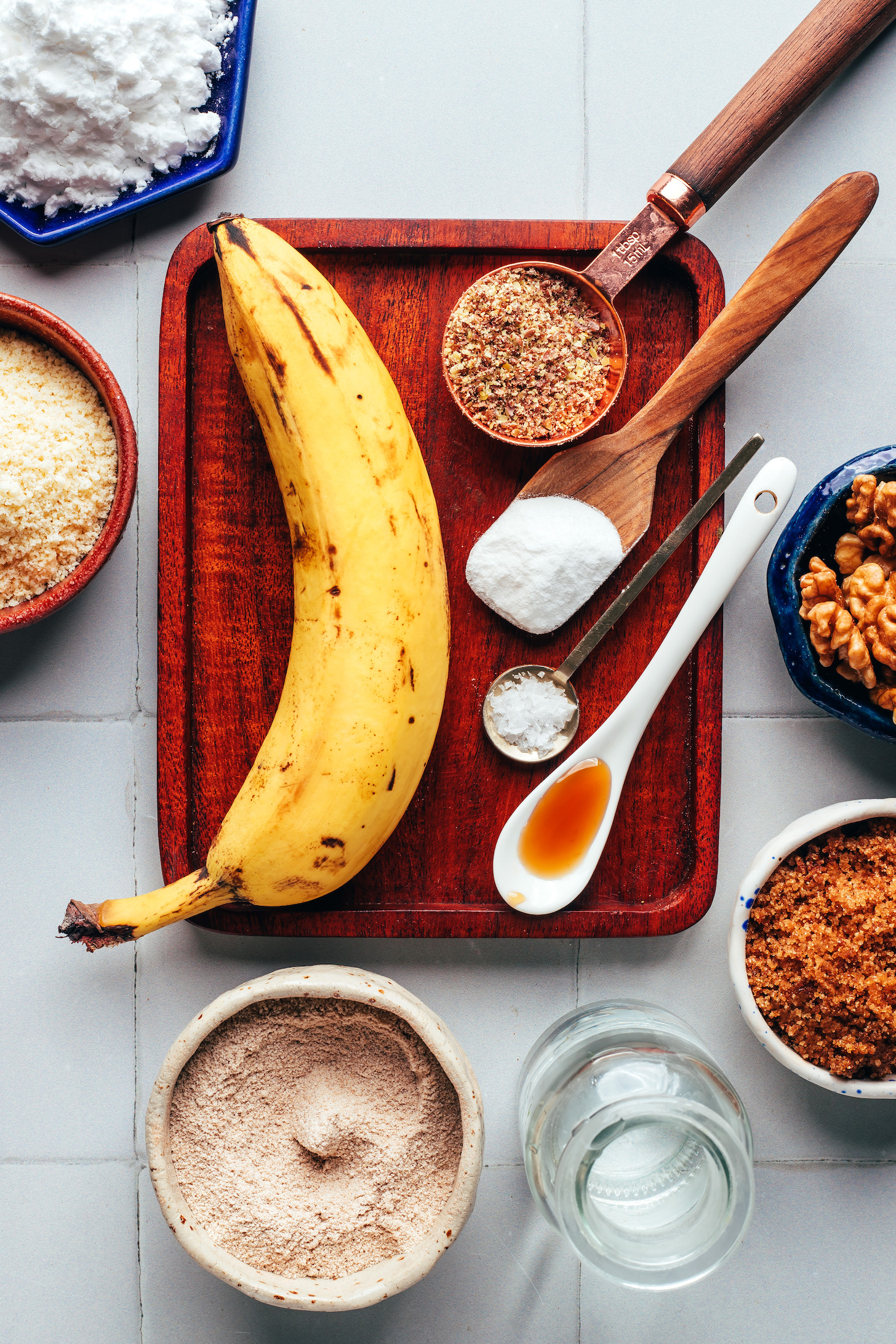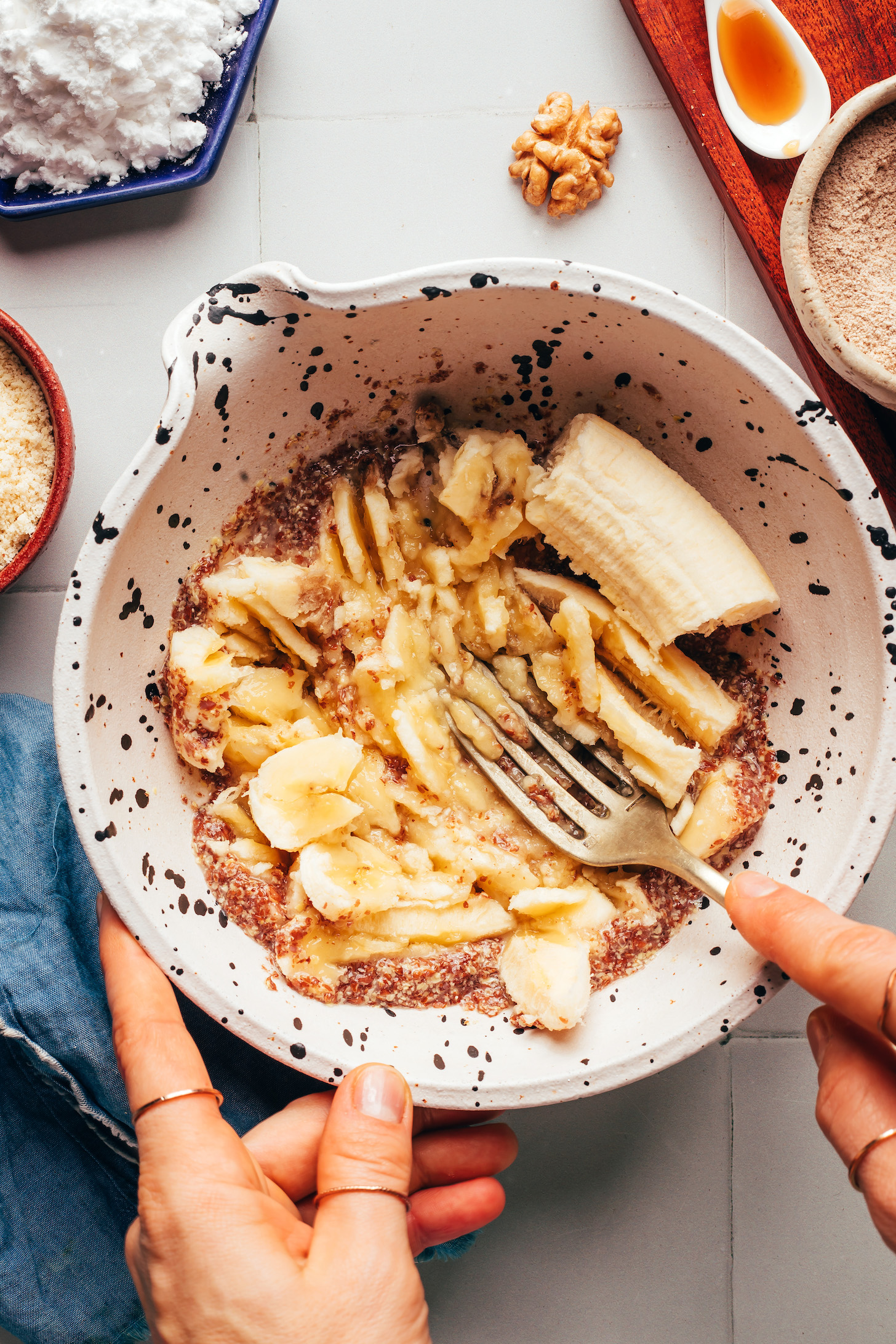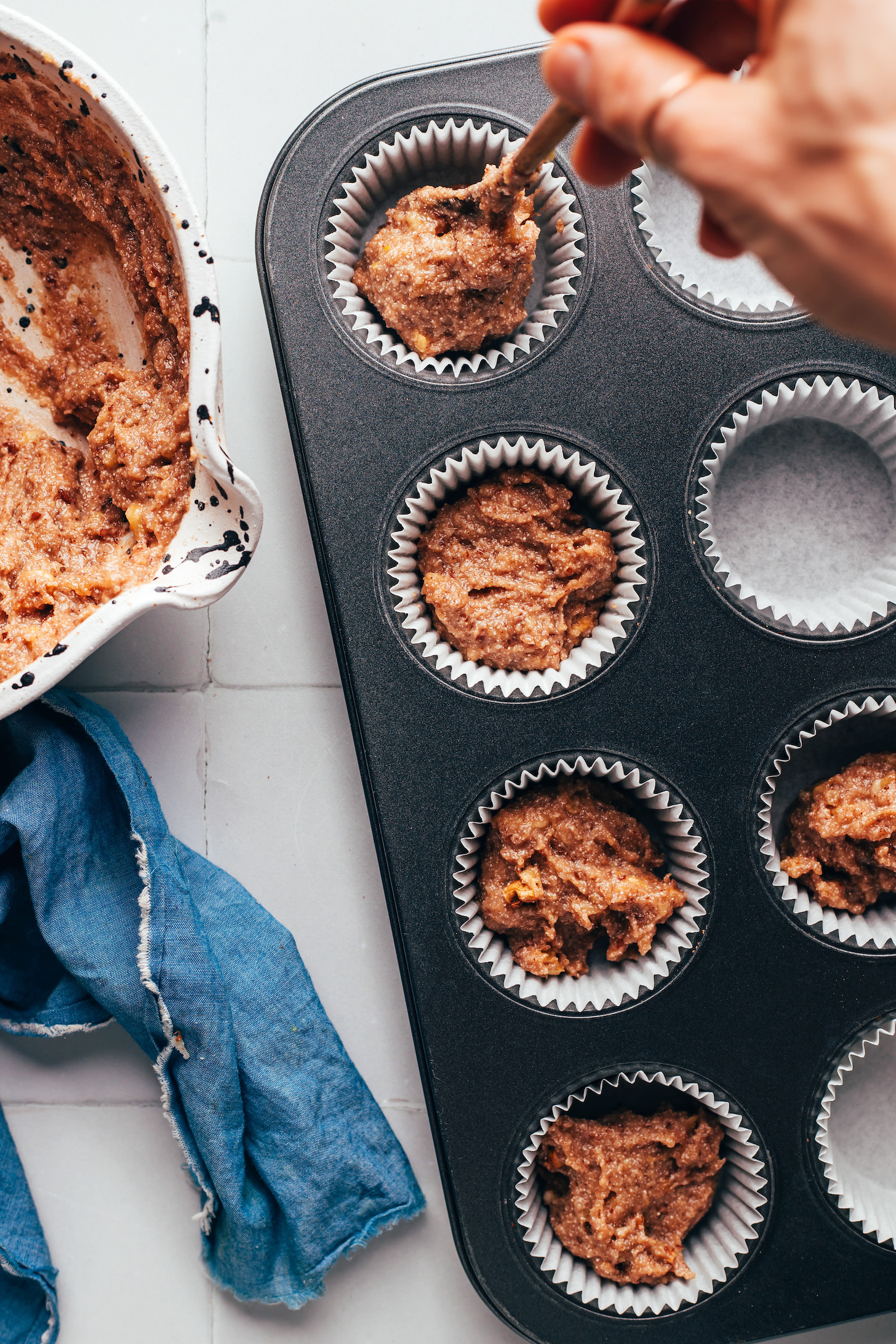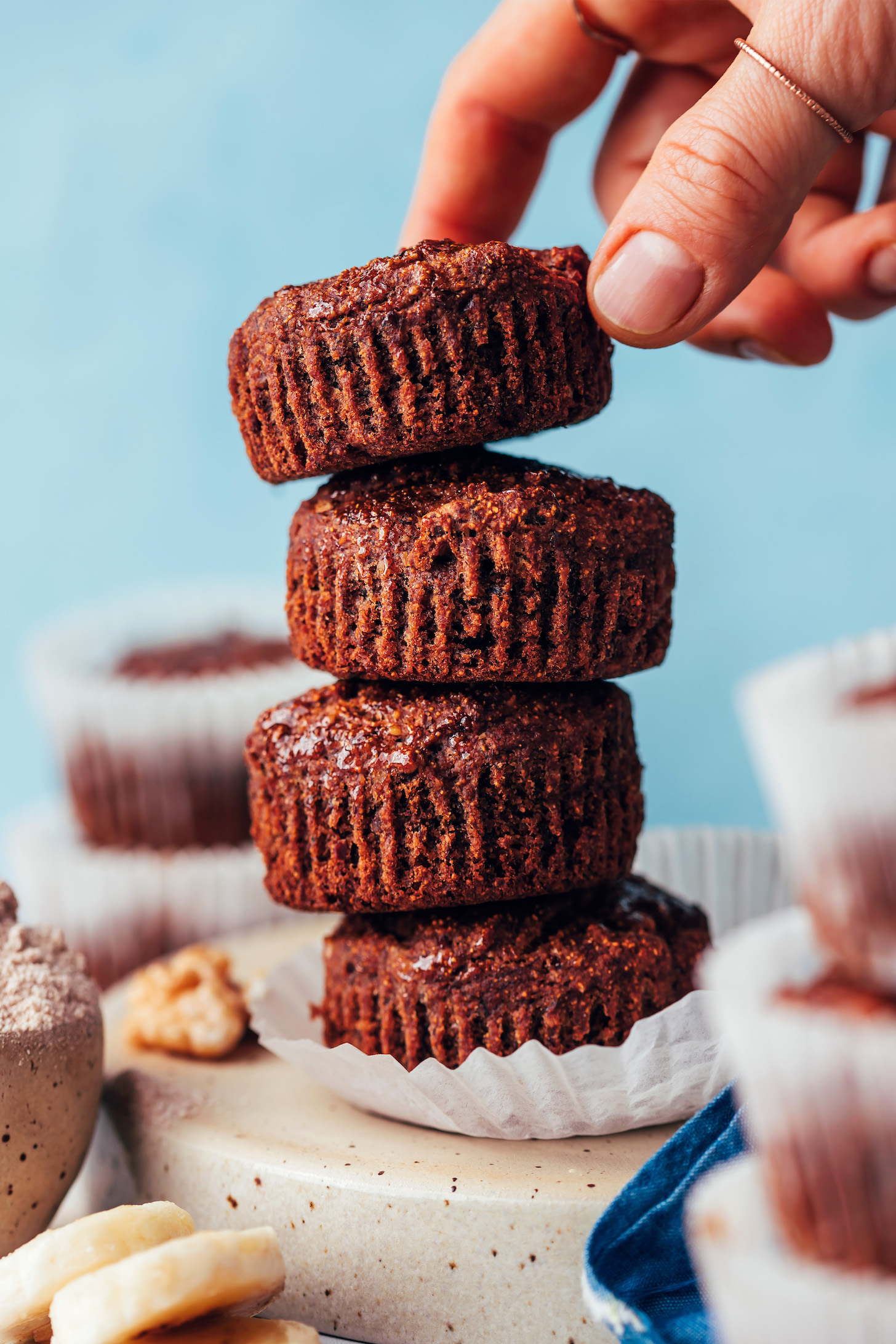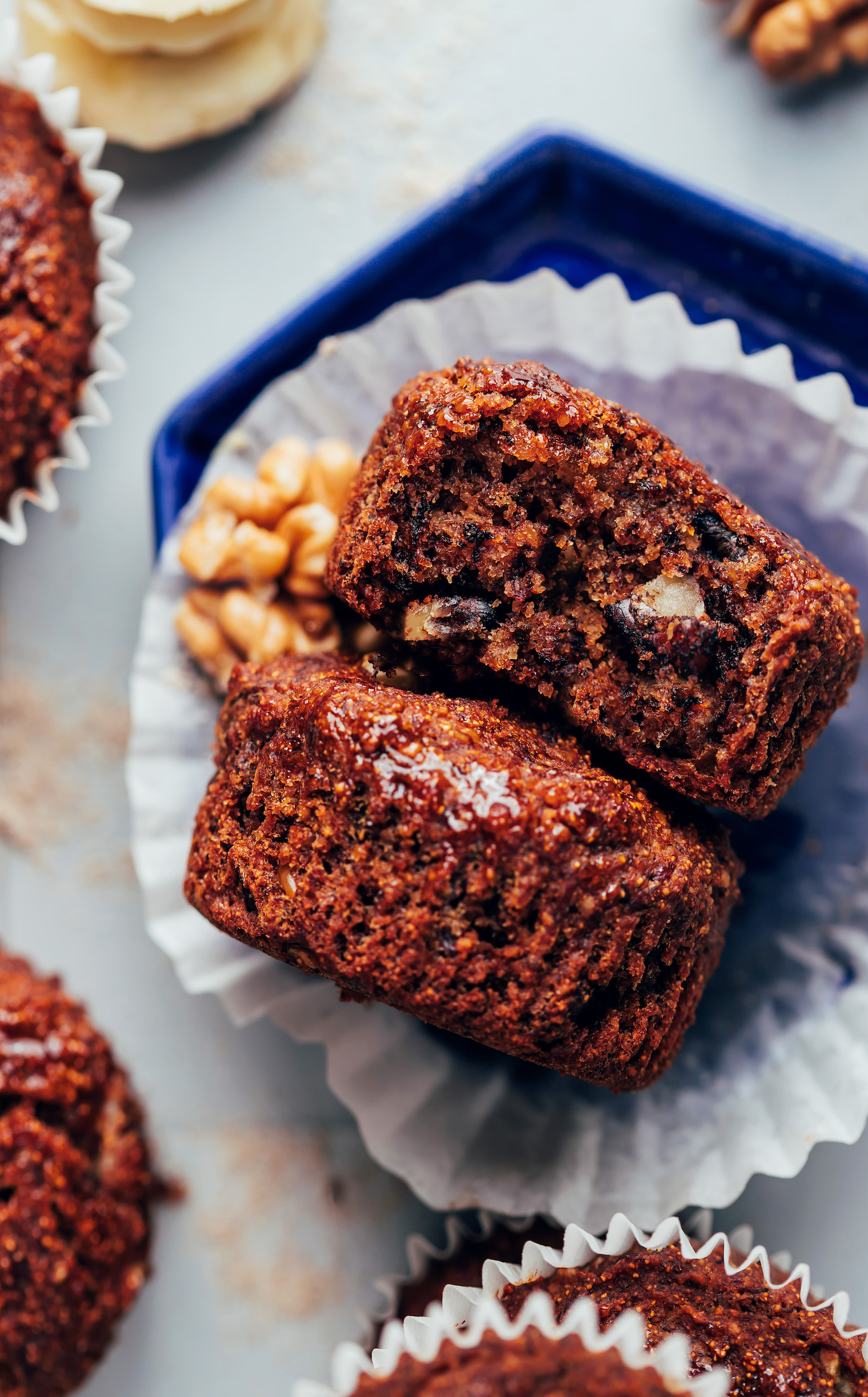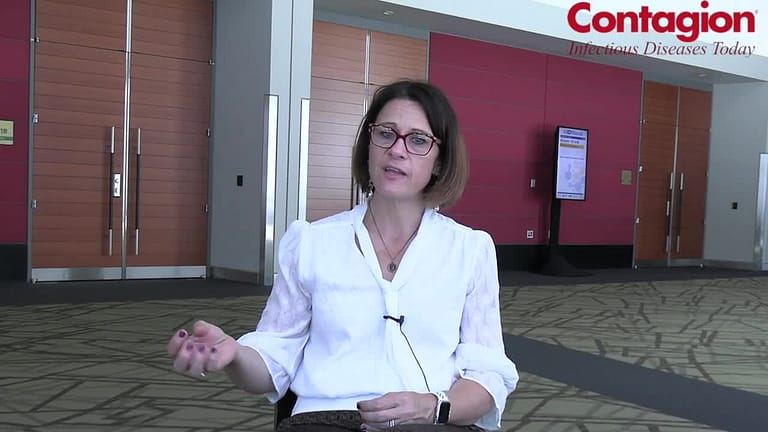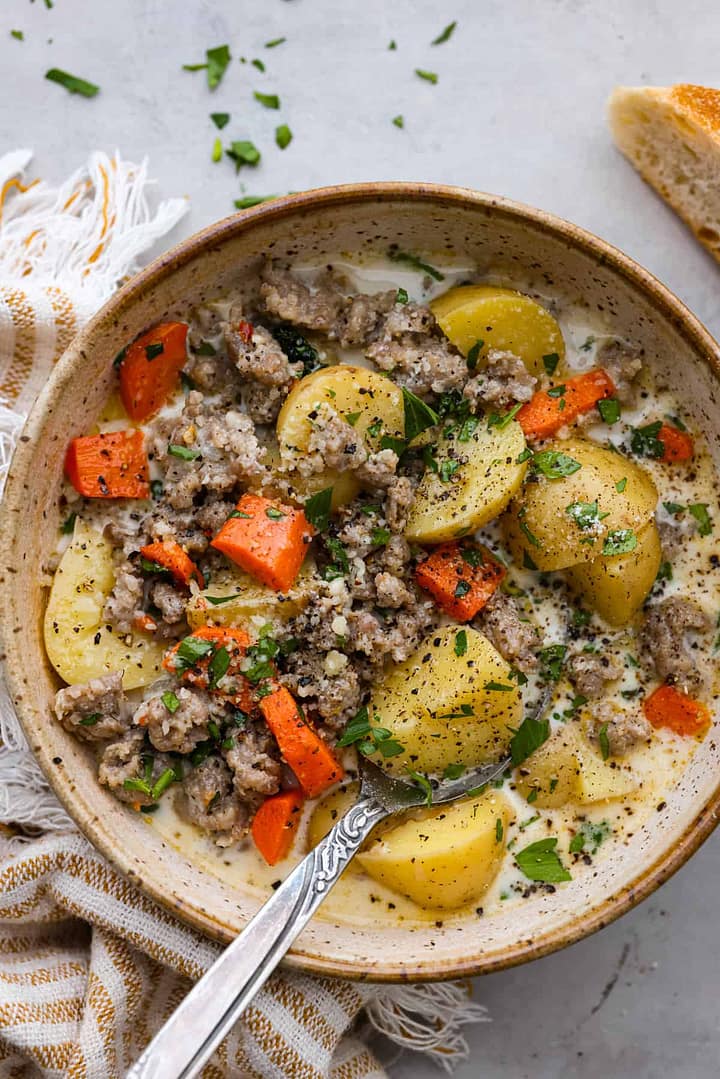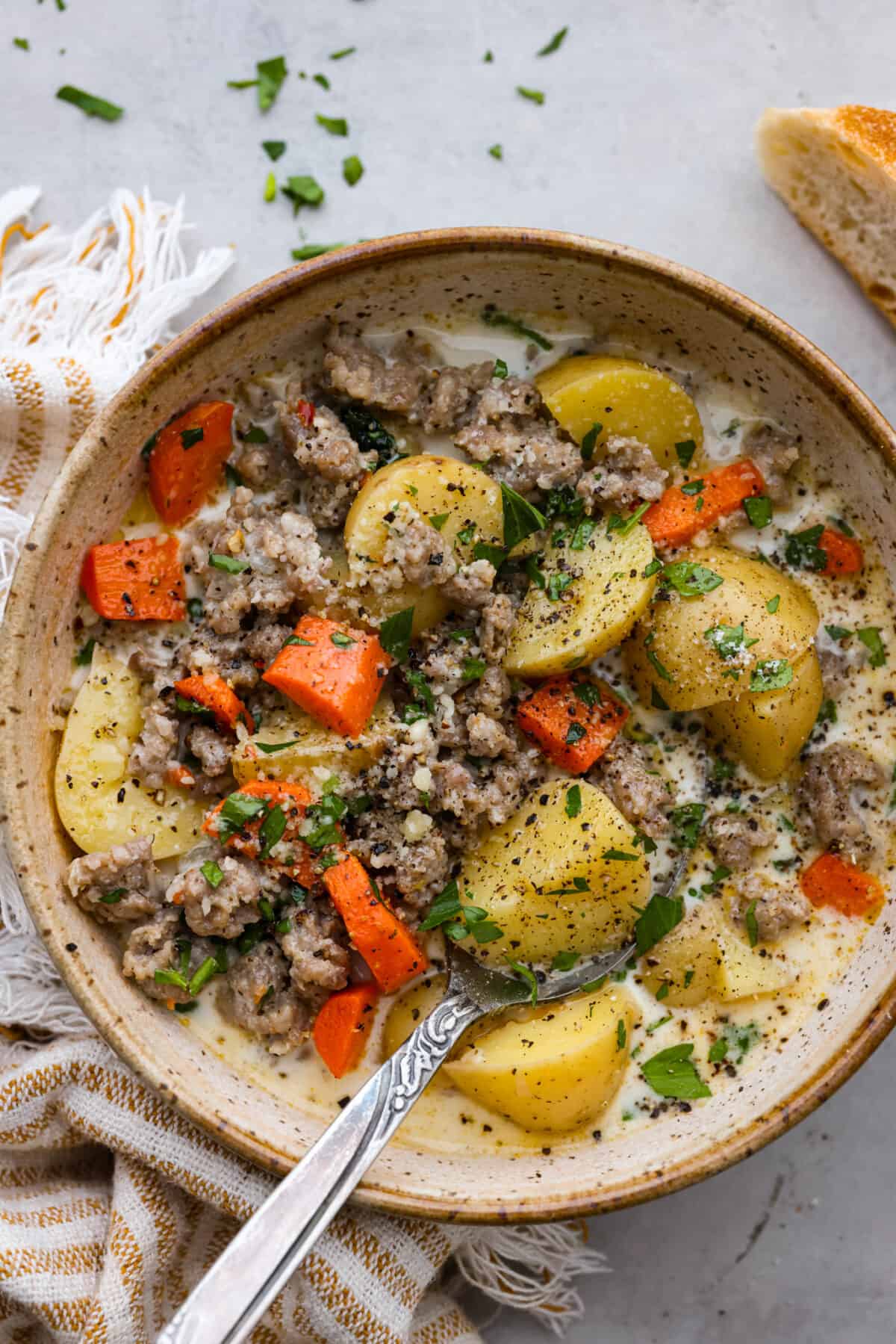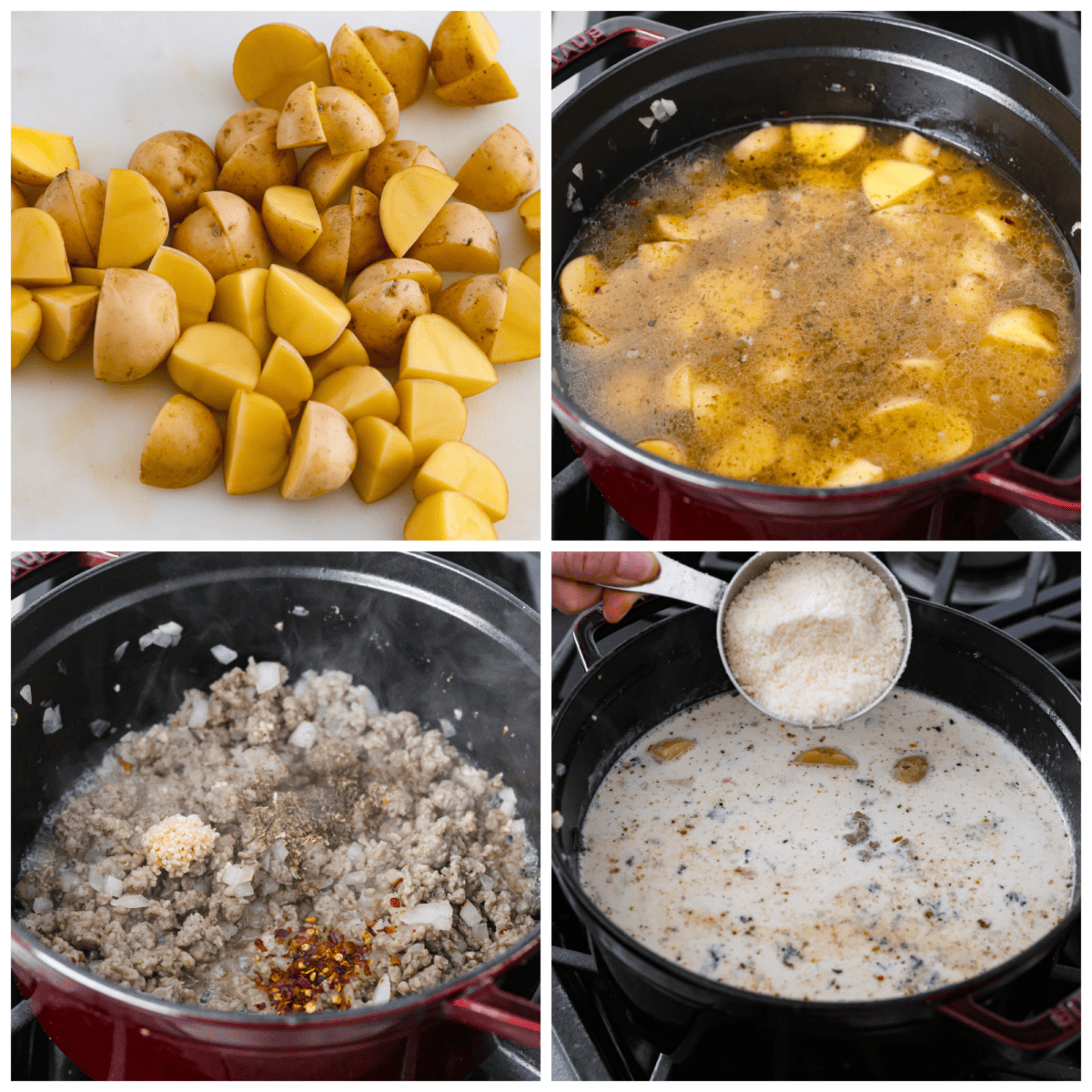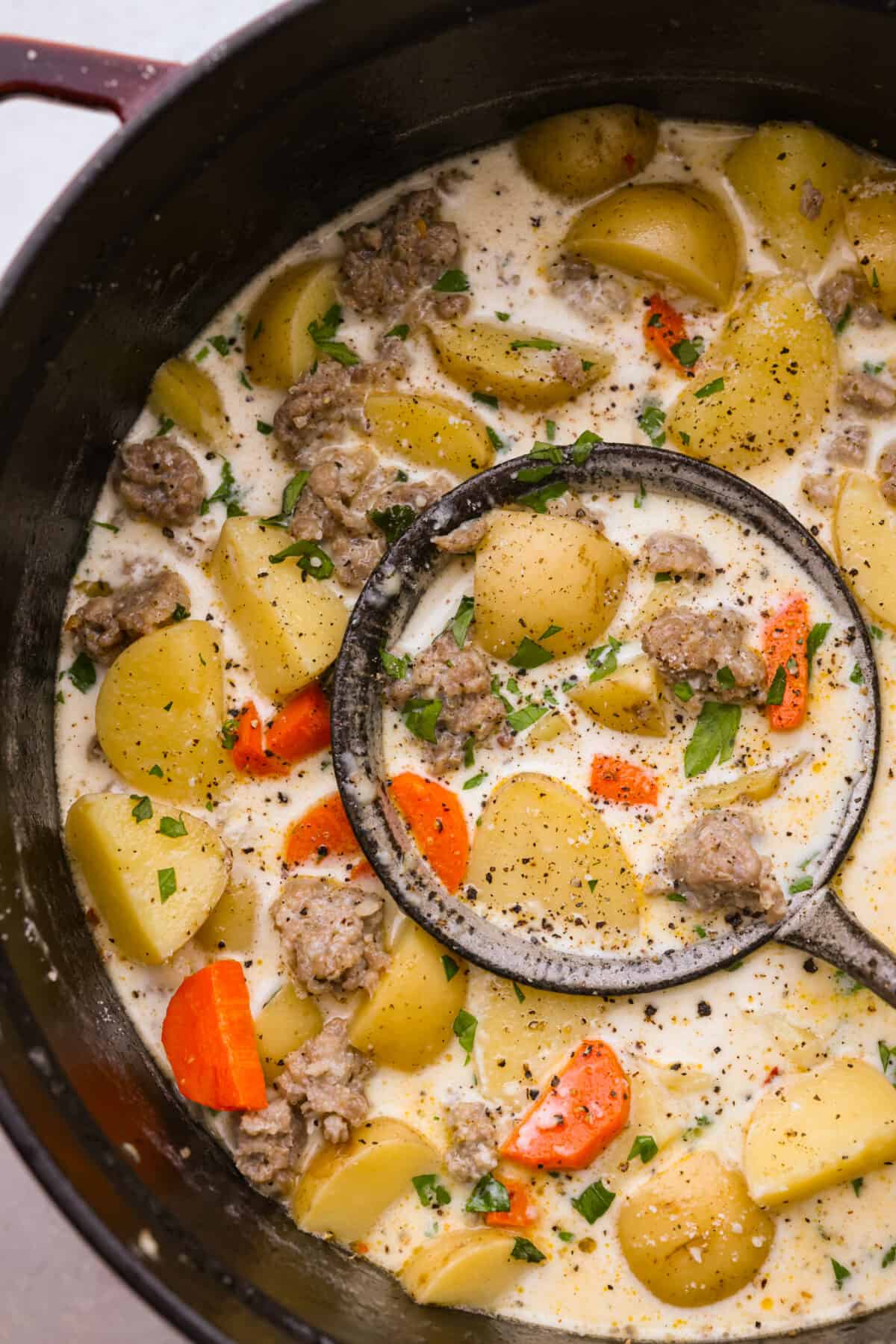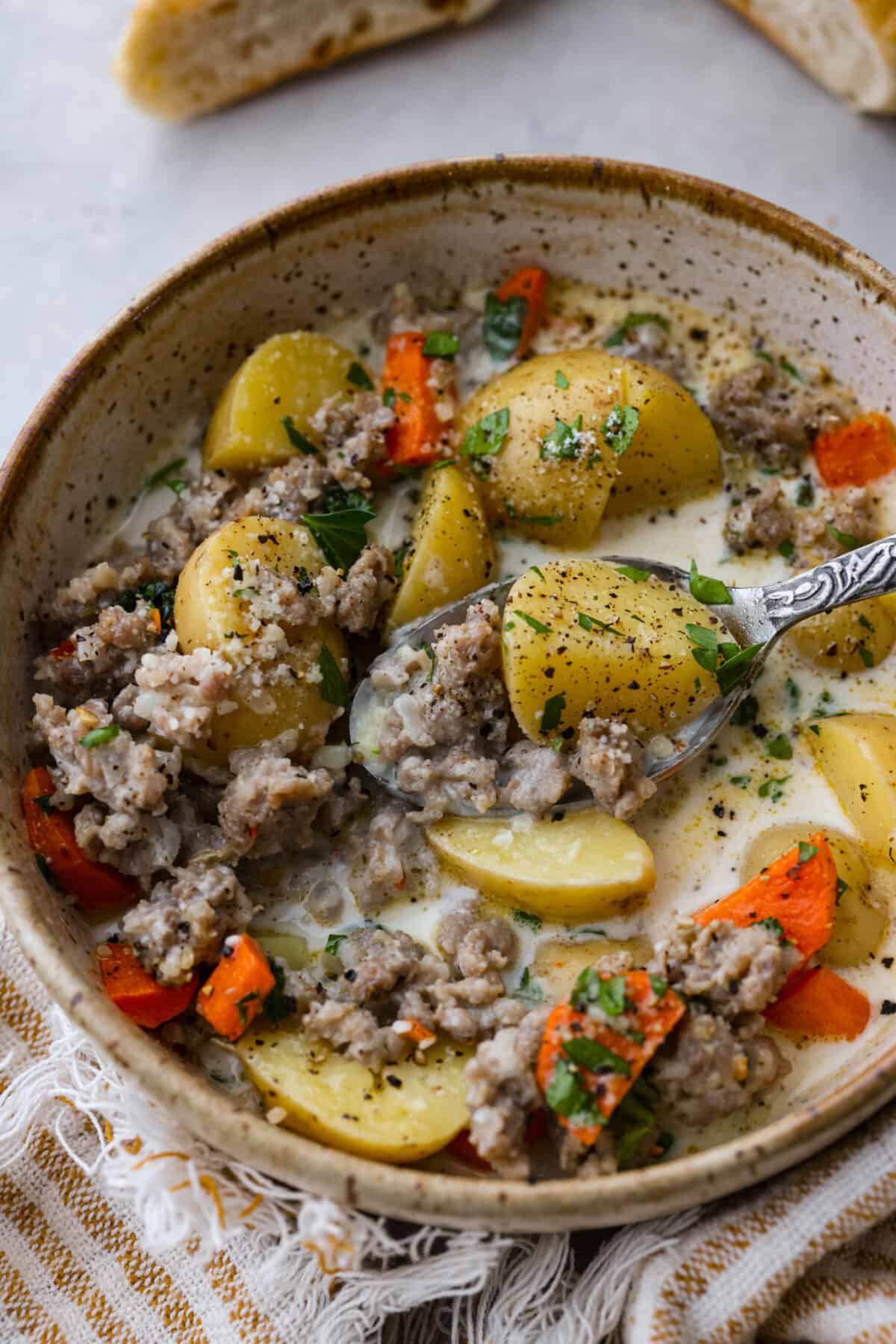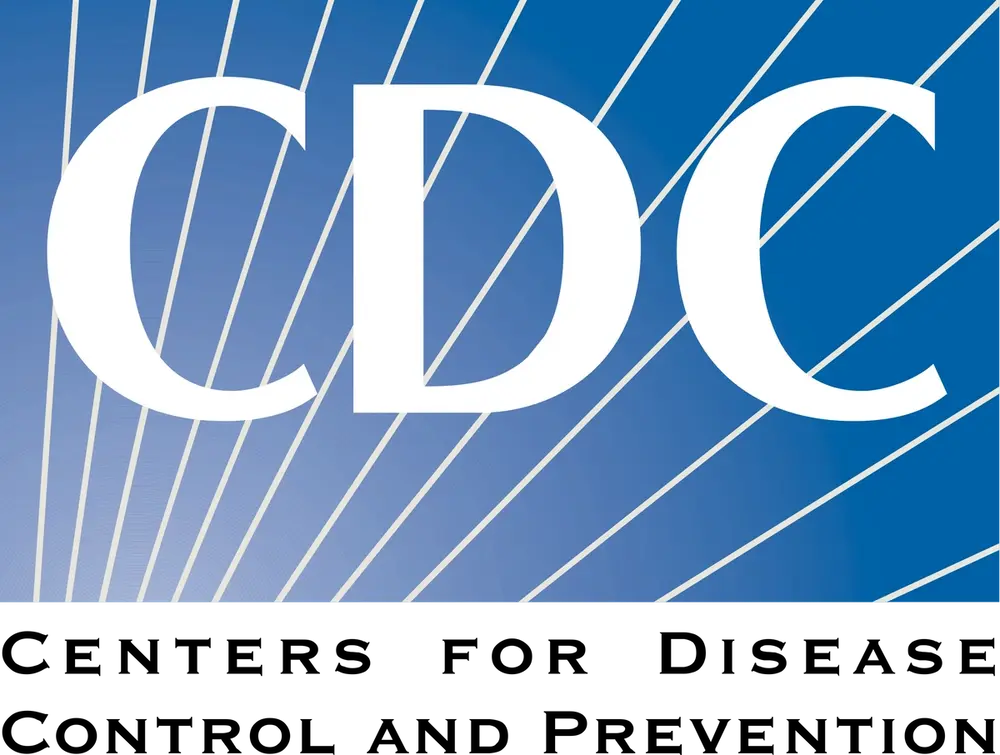
The Centers for Disease Control and Prevention (CDC) released its annual report, Sexually Transmitted Infections (STI) Surveillance, 2022, which showed primary and secondary syphilis—the most infectious stages of the disease—increased 10 percent in 2022 alone and 68 percent since 2018.1
According to the report, syphilis cases (all stages and congenital syphilis) have increased 80 percent in the past five years. More than 3700 congenital syphilis cases were reported in 2022, reflecting a 937% increase in the past decade.1
Overall, there was 2,505,027 total cases of STI in the United States in 2022, which was a very slight decrease of 1% from 2021. Over 5 years, the total number of cases remained steady with a 1.9% increase.1
“The 2022 STI Surveillance report underscores the severity of the ongoing surge in syphilis and STI cases, presenting a critical public health concern,” National Association of County and City Health Officials (NACCHO) CEO Lori Tremmel Freeman, said in a statement.2
In contrast, the incidence rate for chlamydia was flat with a 0.3% increase for 2022 vs 2021—although the number of cases overall remained high with 1,649,716. However, the 5 year percentage decreased by 6.2%. The highest number of cases occurred in 2019 with 1,808,703.1
Gonorrhea saw a 8.7% decrease year-over-year, from 710,151 in 2021 to 648,056 cases in 2022, but saw an 11.1% increase over the 5-year period. (See the table below for all the statistics.)1
Table. Latest STI statistics.
Table courtesy: CDC

Both CDC and NAACHO see the significance of the ongoing STI issues, and know this will take a number of public health initiatives over the course of years to reverse these findings. “There are no shortcuts, and we have to meet people where they are. Some people face tremendous barriers to STI prevention and health services. So, the most important work is often outside the clinic, whether it be reaching out to communities with testing, interviewing patients to offer services to their partners, or delivering treatment directly to someone,” Laura Bachmann, MD, MPH, acting director, CDC’s Division of STD Prevention, said in a statement.1
For its part, NACCHO is a large public health organization that supports over 3300 local health departments and their initiatives. They are currently supporting local and tribal health department projects to partner with local pharmacies and jails to expand STI testing and treatment, do community engagement to develop syphilis reduction action plans, and conduct syphilis awareness media campaigns. 2
Additionally, the organization continues to work for increased STI funding and to bring awareness to the impact of continued drug shortages on treating syphilis in pregnant people. NACCHO is also engaged with the Federal Syphilis Taskforce and is working with partners to convene a separate taskforce to address congenital syphilis disparities among American Indian and Alaska Native Communities.2
“With an 80% increase of syphilis since 2018, the STI epidemic continues to escalate, impacting the lives of millions of people and placing many more—including babies—at risk. An immediate coordinated response is needed that involves pushing for more testing, prioritizing immediate treatment, and forming solid community partnerships to ensure accessibility. Focusing on these efforts is critical to minimizing the spread and impact of this disturbing trend,” Freeman said.2
Doxy-PEP
In previous reporting, Contagion has discussed a potential preventative strategy to reduce infections. Last year, a study published in the New England Journal of Medicine showed that doxycycline prevented the acquisition of STI among men who have sex with men (MSM) and transgender women who took the medication within 72 hours of having condomless sex.3
This approach, termed doxy-PEP (post-exposure prophylaxis), resulted in a two-thirds reduction in the incidence of syphilis, gonorrhea, and chlamydia among the study participants, all of whom reported having an STI within the previous year.3
Participants were randomly assigned in a 2:1 ratio to take 200 mg of doxycycline within 72 hours after condomless sex (doxycycline postexposure prophylaxis) or receive standard care without doxycycline. STI testing was performed quarterly. The primary end point was the incidence of at least one STI per follow-up quarter.3
“In the PrEP cohort, an STI was diagnosed in 61 of 570 quarterly visits (10.7%) in the doxycycline group and 82 of 257 quarterly visits (31.9%) in the standard-care group, for an absolute difference of −21.2 percentage points and a relative risk of 0.34 (95% confidence interval [CI], 0.24 to 0.46; P<0.001),” the investigators wrote.3
Conversely, in another study using doxy-PEP the investigators did not see the same results for women, partially, because of poor adherence rates. Although the results were not what they wanted to see, it is an opportunity to see how to redress the approach to women, says one public health official.
“Although the findings are disappointing, the trial provides a needed opportunity to reconsider how to strategically inform the design and conduct of biomedical intervention trials involving women of reproductive age,” Jeanne Marrazzo, MD, MPH, director, National Institute of Allergy and Infectious Diseases (NIAID), Bethesda, Maryland, said in an accompanying commentary of the study.4
References
1. CDC’s 2022 STI Surveillance Report underscores that STIs must be a public health priority. CDC announcement. January 30, 2024. Accessed January 30, 2024. https://www.cdc.gov/std/statistics/2022/default.htm
2. NACCHO Urges More Testing and Immediate Preventative Treatment Amidst New CDC Report on Alarming Rise in STI Cases. NACCHO press release. January 30, 2024. Accessed January 30, 2024.
https://www.naccho.org/communications/newsroom/releases
3. Luetkemeyer AF, Donnell D, Dombrowski JC, et al. Postexposure Doxycycline to Prevent Bacterial Sexually Transmitted Infections. N Engl J Med. 2023;388(14):1296-1306. doi:10.1056/NEJMoa2211934
4. Marrazzo J. Doxycyline postexposure prophylaxis for STIS in women—uncertain benefit, urgent need. N Engl J Med 2023; 389:2389-2390.
